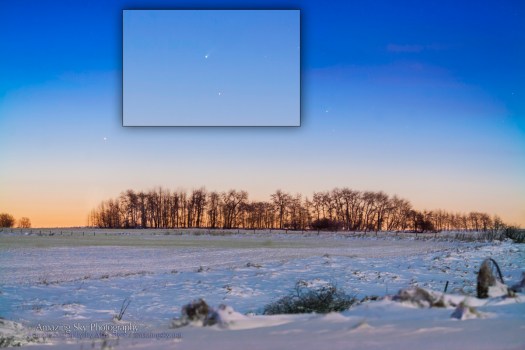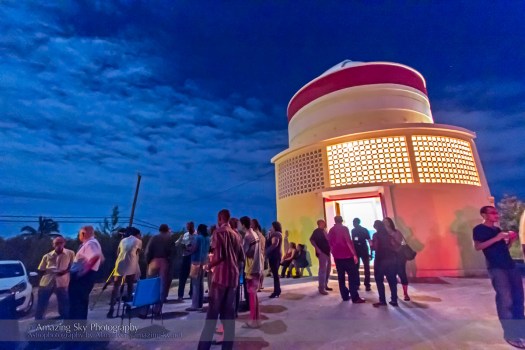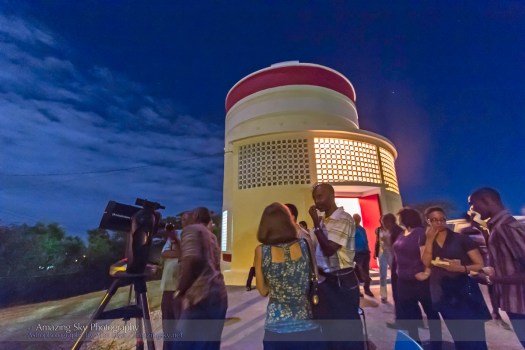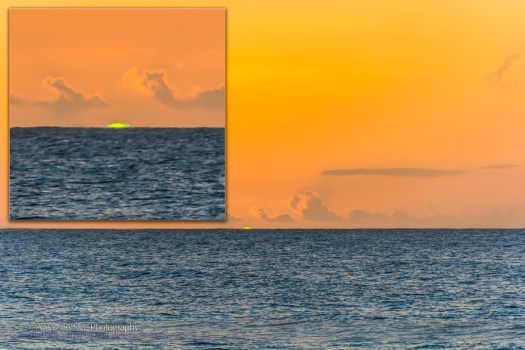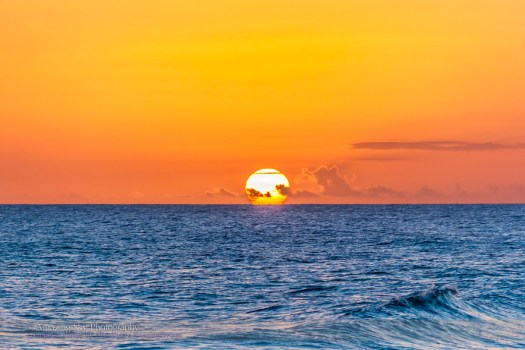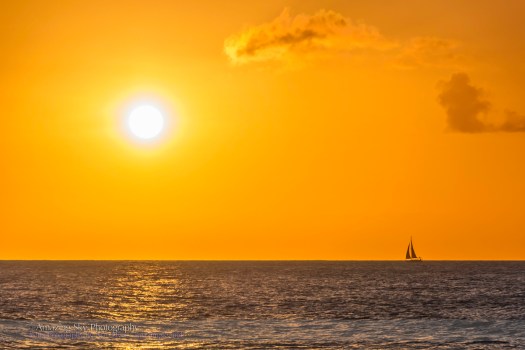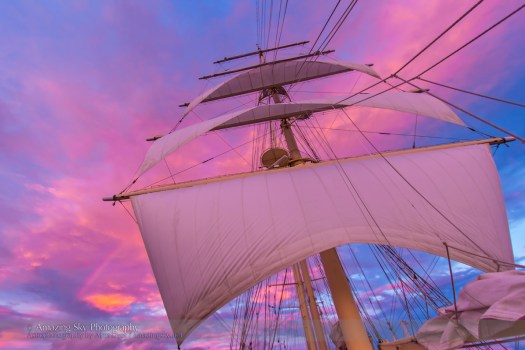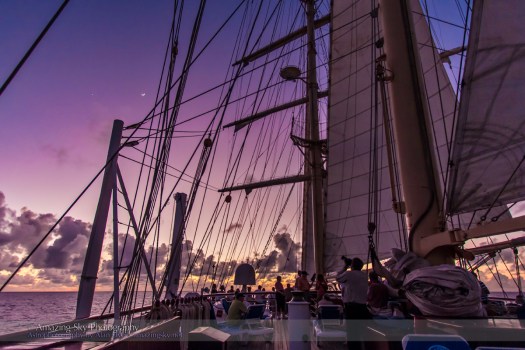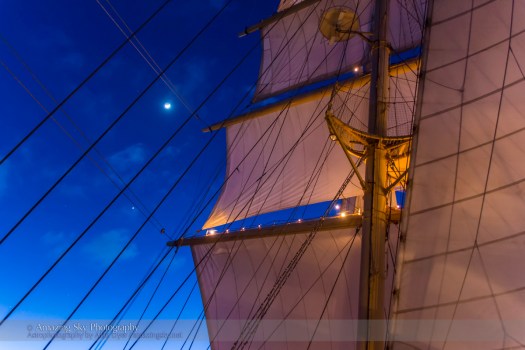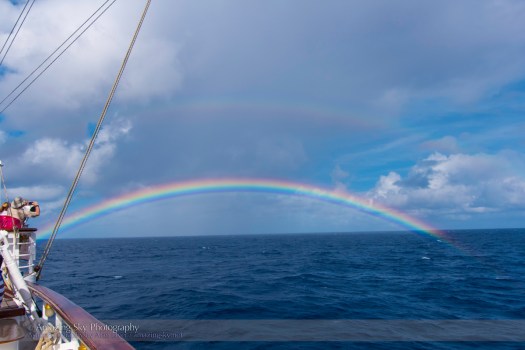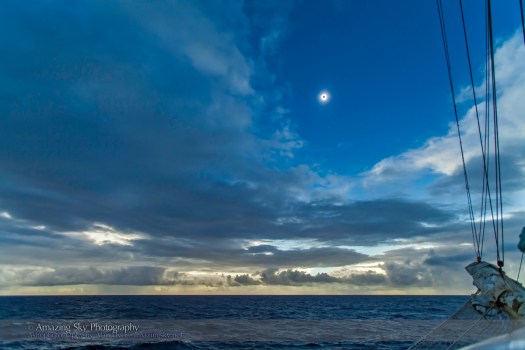 With minutes to go until totality it was unclear – literally! – if we were going to see the eclipse.
With minutes to go until totality it was unclear – literally! – if we were going to see the eclipse.
We have a happy ship of 150 eclipse chasers. On Sunday, November 3 a morning of gloomy faces gave way to smiles and exclamations of joy as the captain of spv Star Flyer piloted our ship into a clear hole in the clouds. We enjoyed a stunningly clear view of totality – all 49 seconds of it – with the eclipsed Sun set in a deep blue sky.
My image above captures some aspects of the scene as it appeared off the port bow of the ship.
But it fails to show just how colourful this eclipse was. Because it was a short eclipse, with the Moon’s disk barely large enough to cover the Sun, the hallmark of this eclipse was the brilliant pink chromosphere that was visible all around the Sun during the entire eclipse, with bits of prominences sticking out.
The pink ring was set amid the silvery-white and symmetrical corona, which in turn was set in a dark blue sky, above the yellow twilit horizon. The naked eye view and the view through binoculars was stunning. It was the most colourful eclipse I can recall, and this was total eclipse #15 for me.
This was also the first eclipse where we had the ability to adjust its time to suit our schedule. We should have been in the -3h GMT time zone at our longitude in the mid-Atlantic. But in a pre-eclipse planning meeting we decided to keep the ship’s clocks on -1 GMT until after the eclipse. This put totality at 10:30 a.m. our time, making it convenient for everyone to have breakfast before the eclipse and not interfere with lunch! That’s the luxury of being on a small ship dedicated to seeing the eclipse. The captain and crew have been fantastic.
The second contact diamond ring was prolonged, with the last bits of the Sun breaking up into beads of light as the Sun disappeared behind valleys and craters on the Moon. The third contact diamond ring appeared as a sharp, tiny but brilliant point of light exploding off the top edge of the Moon. It happened all too soon.
In the days leading up to the eclipse we worked with Captain Yuriy Slastenin to choose a new intercept point 160 nautical miles east of our original site, one that would give us another 6 seconds of totality but still allow us to maintain our schedule of reaching Barbados on Sunday, November 10.
Our new site was 17° 0’ 0” North and 37° 11’ 56” West, smack on the centreline. The captain got us to that precise spot about an hour before sunrise, exactly when planned.
But after a week of beautifully clear skies on the sail down from the Canary Islands, the sky on eclipse morning was filled with cloud and unsettled weather. We had rain showers and rainbows Sunday morning, but with tantalizing clear holes coming and going all morning and dappling the ocean with spots of sunlight in the distance.
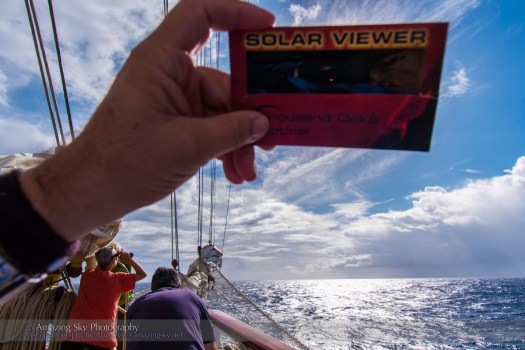
I shot this view during one of the clear breaks leading to totality when the Sun and spirits brightened, only to be dashed again as clouds rolled in. The weather took us on an emotional roller coaster all morning.
In the minutes leading up to totality the captain was at the helm and propelled us under full engine power into a clear hole that opened up just before totality. We ended up 1.7 nautical miles east of our choice position and slightly south of the centre line, but with the same 49 seconds of totality.

The image above shows our ship’s track during the eclipse, from the intended site, first drifting around the intercept point, then heading southeast toward clear skies. The track then heads straight west, as we set sail again toward Barbados soon after totality while the champagne was being served.
Our success speaks to the maneuvering advantage of a ship in tropical climates. I’ve now seen three total eclipses from ships at sea at tropical latitudes, and we’ve always had to move at the last minute to get into clear holes.
Of course, the worst weather we’ve encountered so far on the voyage was on eclipse day and the day after, yesterday. As I write this, on Tuesday, November 5, the day is hot and sunny, and the ocean as calm as we’ve seen it. (I’ve not been able to post anything until now as our ship’s connection to the internet via the Inmarsat satellite has been off-line for the last few days.)
As totality ended the Sun went into thin cloud again. From then on that morning we saw the Sun only briefly during the final partial phases.
But no one cared. We saw what we had sailed across the Atlantic to see. It is a happy ship of shadow chasers.
The trip was organized by Betchart Expeditions who chartered the Star Flyer, a 4-masted sailing ship, one of three sailing ships in the Star Clipper line. I’m serving as one of the guest speakers on a program packed with speakers and great talks. After all, we are at sea for two full weeks, crossing the Atlantic from the Canaries to Barbados, with nothing but a limitless horizon in view for all that time. And the eclipse!
– Alan, November 5, 2013 / © 2013 Alan Dyer


